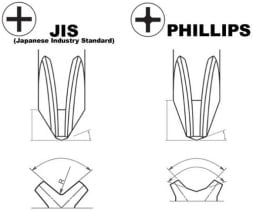Why do manufacturers continue to use Phillips screws they are next to useless if you dont have two hands to use? I know this has been discussed in the past but the Robertson square with the slight taper stays on the end of the bit (for the most part) and allows for a positive torque rarely stripping. This comes up because I was installing a new dishwasher and 5 Phillips were supplied for the three leveling feet and the kickplate. Lying on my side on the floor trying use the Phillips was a none starter, I threw them in the garbage went down to the workbench and found 5 Robertson and as we like to say in Canada "Bob's Your Uncle"
Henry Ford realized the benifit of them when building his model T, it dramatically cut the production time but he refused to pay the royalty and all the other industrialists followed suit. Well the darn patent is finished, Get on with it manufacturers!!
Henry Ford realized the benifit of them when building his model T, it dramatically cut the production time but he refused to pay the royalty and all the other industrialists followed suit. Well the darn patent is finished, Get on with it manufacturers!!






